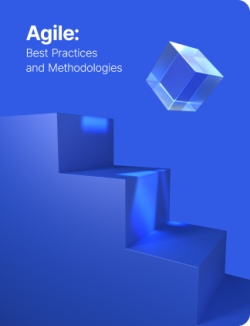Prototype
What is a prototype?
Prototype Definition
A prototype is an incomplete version of a physical or digital product, to be taken into user testing. It should incorporate all of the fundamental features and functions, without the final design elements that create a polished aesthetic.
The primary purpose of a prototype is to make sure the design team has understood the user needs, and is answering it in an intuitive and engaging way.
Crucially, prototypes enable comprehensive user research to determine the product’s value, proposition and quality ahead of release, instead of bringing to market a product with flaws or misunderstandings.
How does prototyping help product teams
Prototyping is a necessary step in any product build, be it digital — software, website, app, etc. — or physical. Prototyping is important in three key ways.
Firstly, taking an idea from a concept into a more realized form encourages product teams to start to view the idea from a new perspective. What seems like a good idea in principle, may not seem so relevant once it’s in hand.
Building on this, taking a prototype to users brings an essential fresh set of eyes into the development process. Test participants are highly unlikely to have seen the product at any stage of its creation so far, and can only judge it based on what’s in front of them.
They’re impartial, focused only on how it works rather than the months of hard work already invested.
As they navigate the product and perform core tasks, testers can flag even the most minor functional flaws or inconveniences — each of which have the potential to impact user experience.
Teams may miss these, or underestimate their significance, without such hands-on feedback. More importantly, it’s at the prototyping stage that teams can really explore the user needs. Now that the customer has the product in their hand, how relevant, valuable and engaging does it seem to be?
Thirdly, prototypes are excellent for getting stakeholder buy-in. What once may have felt intangible and theoretical, is now something they can interact with.
What are the different types of prototype
Sketches are the simplest form of prototype. Designers can grab a sheet of paper or a tablet and start roughing ideas out. These should represent the important features and functions the final product has to include. They’re ideal for presenting an early concept to stakeholders and fellow designers.
A paper interface is another form of prototype, and it’s more advanced than a sketch.
This must clarify how the product’s disparate elements work together to provide the user with an engaging experience. Paper interfaces are essential for fleshing out the core architecture and navigation structure of digital products. Menus, graphics, buttons, and more can all be placed here.
Low-fidelity prototypes are basic wireframe models, used for testing flow and structure. Here, any functionality issues may be pinpointed and amended.
A high-fidelity prototype is more representative of the product’s final form and performance, though it’s still without that marketable polish.
Teams can learn more about how users are likely to respond to the product, and how close it comes to achieving the overall goals.
Finally, live-data prototypes allow for more advanced testing. These utilize analytics to measure the product’s success.
General FAQ

Glossary categories
Experience the new way of doing product management

Experience the new way of doing product management








